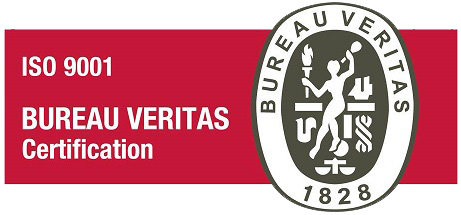DP培训
What is DP1?
A DP 1 system will have a single control computer, one operator station and separate IO units interfacing the sensors, positioning reference system, power source and thrusters.
What is DP2?
A DP 2 system is composed of the same modules as a DP 1 system, but the number of modules have been increased for redundancy in order to comply with Class 2 rules. A DP 2 system will use three control computers and, typically, two operator stations. Using three control computers makes it possible to perform majority voting between the computers, and to reject a computer should it fail.
The number of IO units is typically much higher on a DP 2 system, as there will be a dedicated IO unit for each set of sensors, each position reference system, power source and each thruster. This configuration is used to provide redundancy at all levels to make sure that any single failure will not result in loss of position.
The compact design and distributed architecture makes the system well suited for retrofit. Upgrading from a DP 1 to a DP 2 system is an easy process since the same hardware modules are used for both types of systems, only different in the number of units used. Figure 2 shows a typical DP 2 configuration, where all the modules are connected via a redundant, dual network.
What is DP3?
A DP3 system has an extended hardware configuration compared to a DP 2 system. The triple redundant DP controller is still used and a minimum of three operator stations is required. There will also be three IO units to interface components, as opposed to a double set of sensors typically used in a DP 2 configuration. A DP3 system also needs a physically separate, fire-safe compartment where one control computer, one operator station and one sensor IO unit have to be located in order to comply with Class 3 requirements.
A DP 1 system will have a single control computer, one operator station and separate IO units interfacing the sensors, positioning reference system, power source and thrusters.
What is DP2?
A DP 2 system is composed of the same modules as a DP 1 system, but the number of modules have been increased for redundancy in order to comply with Class 2 rules. A DP 2 system will use three control computers and, typically, two operator stations. Using three control computers makes it possible to perform majority voting between the computers, and to reject a computer should it fail.
The number of IO units is typically much higher on a DP 2 system, as there will be a dedicated IO unit for each set of sensors, each position reference system, power source and each thruster. This configuration is used to provide redundancy at all levels to make sure that any single failure will not result in loss of position.
The compact design and distributed architecture makes the system well suited for retrofit. Upgrading from a DP 1 to a DP 2 system is an easy process since the same hardware modules are used for both types of systems, only different in the number of units used. Figure 2 shows a typical DP 2 configuration, where all the modules are connected via a redundant, dual network.
What is DP3?
A DP3 system has an extended hardware configuration compared to a DP 2 system. The triple redundant DP controller is still used and a minimum of three operator stations is required. There will also be three IO units to interface components, as opposed to a double set of sensors typically used in a DP 2 configuration. A DP3 system also needs a physically separate, fire-safe compartment where one control computer, one operator station and one sensor IO unit have to be located in order to comply with Class 3 requirements.




